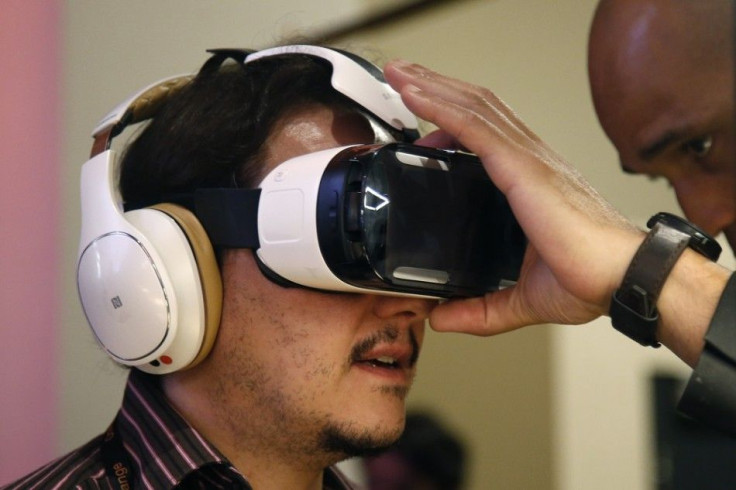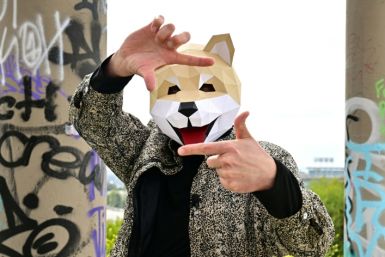Google to dedicate a separate department for Virtual Reality (VR) headed by Clay Bavor

While Facebook and Microsoft had announced their intentions to pursue Virtual Reality (VR) quite clearly last year, Google is now preparing itself to compete with them at all levels.
To focus more on Virtual Reality, Google has announced a separate division and Clay Bavor would head the department. Until the announcement, Bavor was the product manager for Google’s apps like Gmail, Drive and Docs, but he will be soon replaced by Diane Green, notes First Post.
Bavor is the VP and has been roped in to lead the VR team and focus completely on the products of virtual reality for 2016. These developments in the company were confirmed by Re/code. The search giant has now announced that it will ramp up and build a VR division.
Interestingly, the announcement came hard on its heels after Facebook’s decision to start the shipping of Oculus Rift. Following this, Sony, HTC and others are also anticipated to create separate departments for virtual reality headsets. As a matter of fact, the year 2016 is seen as great year for Virtual Reality, claims First Post.
Even Apple, which is known for its unique innovations, is not shying away from making VR headsets. The company is rumoured to be covertly developing the headset.
Moreover, several recent reports have been forecasting that the year 2016 will see a lot of developments in VR headsets. For those who don’t know, VR is a computer-simulated reality device which can replicate photos. This means the device has the ability to create an environment that imitates a physical presence in places in the real world or an imagined world. It allows the user to interact in the imaginary world. Virtual reality gives sensory experiences to users which may include hearing, sight, or even touch and smell.
For instance, users wearing the VR device can experience themselves climbing the Mount Everest and see the landscape and feel the shaky bridge — all while sitting in a couch in the comfort of your own house.






